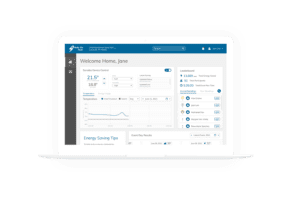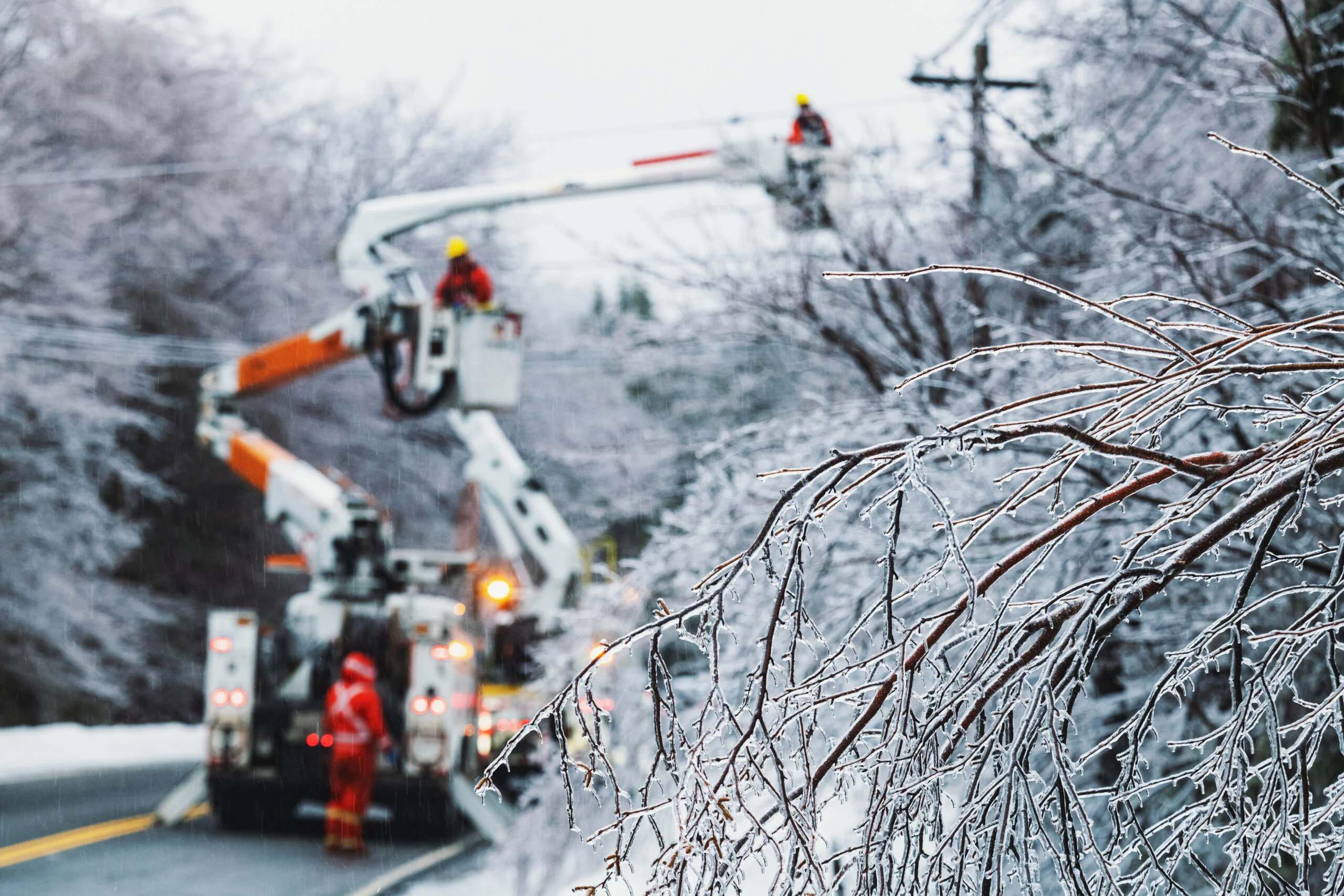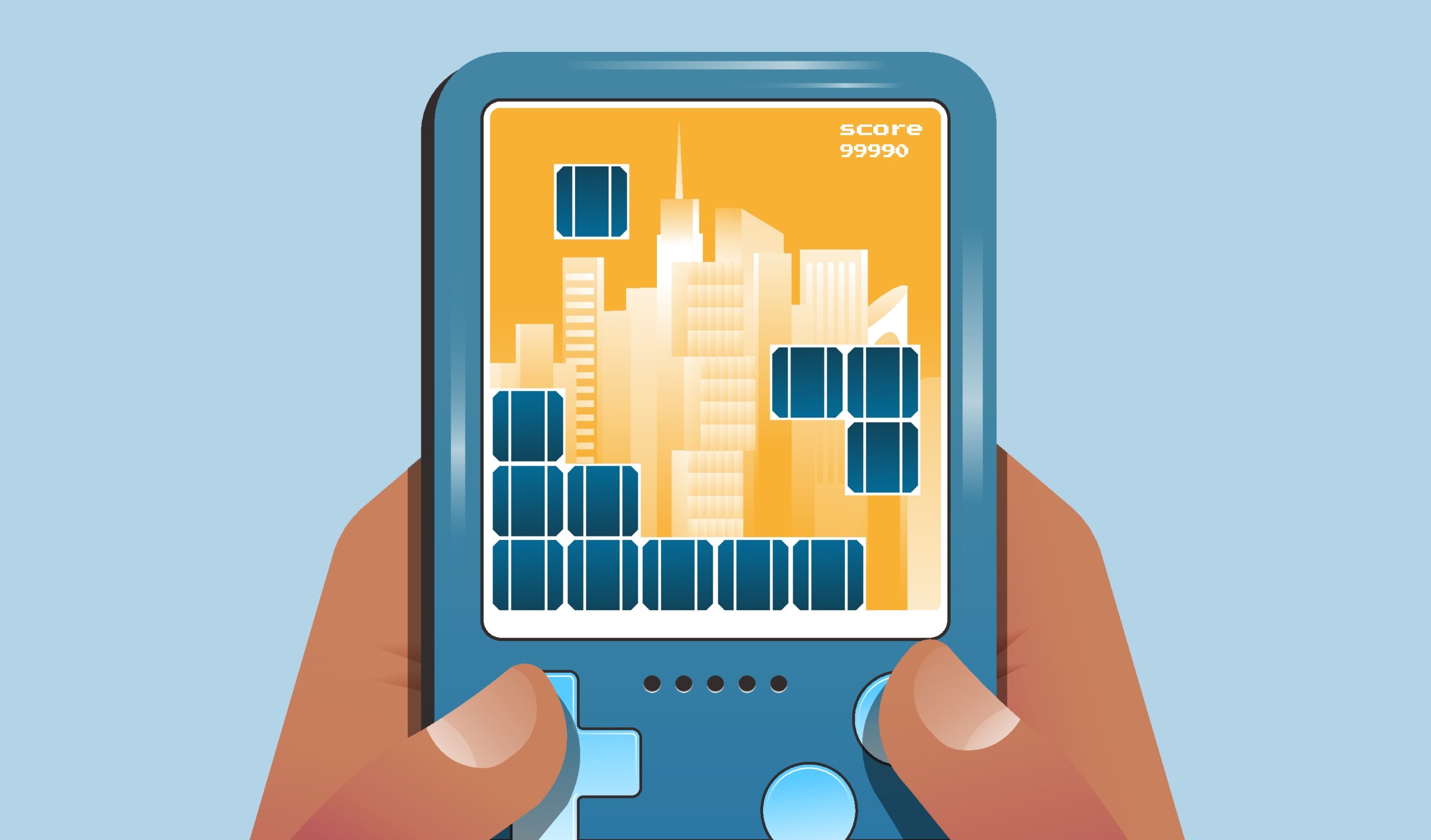Congratulations! Your pilot demand response (DR) program is a success. Now, it’s time to take your next big step: Enrolling additional customers as you transition to the fully operational phase of your demand flexibility program. With the DR market expected to grow by $1.71 billion between 2021 and 2025, how can utility program managers scale up demand response programs to create efficiencies, reach (lots more) customers, and meet global decarbonization regulatory requirements?
What is Demand Response?
Demand response is a collective community conservation effort that minimizes grid strain during times of peak usage, allowing utilities to provide the continuous, reliable, and affordable service that customers need. During the program design phase, utility programs need to determine whether the programs connect through Wi-Fi-enabled smart devices or utilize control devices that are placed directly on the targeted appliances. Once the program specifics are in place, you can begin promoting to your target demos. Remember, though, that while customers are typically provided with a financial incentive, that’s not always enough to reach target enrollment. Let’s look at how a smart water heater program was developed by one of our utility partners.
Demand Response Scaling: One Utility’s Journey
Brett Korven, a project manager at the Sacramento Municipal Utility District (SMUD), sees value in smart enrollment strategies that draw on outside expertise to develop and scale demand flexibility programs.
SMUD’s PowerMinder program employs our real-time, SaaS-based technology to adjust smart heat pump water heaters remotely for maximum efficiency without sacrificing comfort. By using specific smart water heaters designed to store and hold heat over a sustained period, SMUD can pre-charge enrolled devices before peak load time, allowing customers to still have access to hot water without the additional strain of use during peak demand times.
When considering scaling up the PowerMinder pilot to a full-scale program, SMUD faced two key issues: customer hesitancy to switch out working—and expensive—water heaters, and the need for targeted additional expertise to integrate the new demand response program quickly and efficiently.
“Water heaters are a very unique market in that 95% of the time when people are changing out their devices it’s kind of in an emergency situation,” said SMUD’s Korven. “The biggest obstacle is to get people to either change out their existing water heater toward the end of life (for the device), instead of waiting for a situation where they need to fix it quickly.”
SMUD realized that the best strategy for them involved focusing on water heater installers, and educating them on the benefits of smart water heaters so that when frantic customers call during an emergency they can help them realize the benefits: same level of comfort, better technology, easy program enrollment, a sign-up bonus, ongoing bill credits, and their contribution to a more sustainable planet.
According to Korven, the typical PowerMinder smart water heater customer response is something like: “We didn’t even know this was happening, that there were event days that you guys were doing anything.”
Participation increases when customers’ behavioral responses are less than expected. For example, feedback from participants that they didn’t even notice the temperature change is good for the program, although Korven cautions that enthusiasm wanes if utilities call too many events.
Korven also noted that partnering with a third-party aggregator like Virtual Peaker allows SMUD more flexibility in the stringently regulated utility industry. Virtual Peaker manages the enrollment, the algorithms, and the technical integration software, allowing the utility to focus on its ambitious decarbonization goals.
Demand Response Engagement Tools
To launch and scale a successful demand flexibility program, utilities should leverage customer engagement tools including a utility-branded homeowner app, a vibrant message center, and incentives.

For example, a homeowner app or microsite customized with each utility’s branding is the central resource and point of engagement tool for demand response programs. This helps create “stickiness”—the customer’s desire to come back to the site repeatedly for helpful information—that’s essential to the growth of the demand flexibility program. When customers see real-time data, down to the individual device level, they’re engaged in a gamification effort to participate. And when they can compare their results with those of their neighbors, everyone benefits as a community working together to create a more sustainable planet. Peer pressure works!
Message centers help create community and build trust with customers. Utilities know that it’s tough to find a balance between calling enough events to realize the desired impact and calling so many events that customers begin to opt-out. The message center is the perfect platform to thank customers for participating, notify (and remind) customers of upcoming events, and ask for feedback. Smart utilities provide periodic energy saving tips, in some cases leading to enough energy savings so the utility can reduce the number or scale of events it needs to call. When customers see positive results, trust is being built.
Incentives are typically used to boost demand response programs at the enrollment stage and retain customers through monthly bill credits. In addition, some demand response programs include free or reduced-cost smart devices that are needed for the homeowner to participate. Other incentives can include digital gift cards or donations to local nonprofits in the customers’ names.
Scaling Up with Device Partners
Working with trusted, proven device partners helps to scale up demand flexibility programs quickly and efficiently. Virtual Peaker is fortunate to have an expansive and growing list of device partners for smart thermostats, EV charging stations, water heaters, and battery storage systems.
These device partners have the experience to roll out and expand programs, providing the devices utilities need with event calling at their fingertips. These OEMs can share best practices for utilities engaging with homeowners, and the best strategies for easy enrollment, discounts and incentives, and incentives processing,
One of the biggest challenges for utilities seeking to scale their programs is figuring out how to segment customers quickly and efficiently into the appropriate groupings, sometimes called “platoons.” Using Virtual Peaker’s proprietary software, customer platoons can be based on geographic areas, device types, multi-device users, and many other factors, with appropriate messaging sent to different platoons.
In addition, our open-spec Gravity Connect® API facilitates the onboarding of new partners at an accelerated pace. There’s no vendor lock-in, and the open-source specs make it easier to build a strong, scalable, and easy-to-implement two-way integration that provides device telemetry and control.
The Power of Scalable Software Solutions
As distributed energy resource (DER) and demand response technologies continue to evolve, so too do the distributed energy resource management systems (DERMS) that enable them. In some cases, DERMS are developed as a one-size-fits-all solution that requires an enormous amount of upfront, sunk cost, while in others, DERMS control (and data) are ceded to a third party.
Consider instead a platform developed with scalability at top of mind, that features both lower initial costs and setup times, while keeping your data where it belongs: in-house. With the right platform, you can lower the barriers to your programmatic growth by avoiding any cumbersome, long-term software solutions that may involve an inordinate amount of upfront capital before you ever see a return on your investment.
Scaling Your Demand Response Program Conclusion
According to the American Council for an Energy-Efficient Economy (ACEEE), demand response programs can reduce utilities’ peak demand by an average of 10%. Over the longer term, fully-scaled demand response programs lower aggregate system capacity requirements, allowing load-serving entities–utilities and other retail suppliers–to purchase or build less new capacity, thus helping create a more sustainable planet. With the right engagement tools, device partners, and software, building—and scaling—a successful demand response program can be much easier than most utilities imagine.





